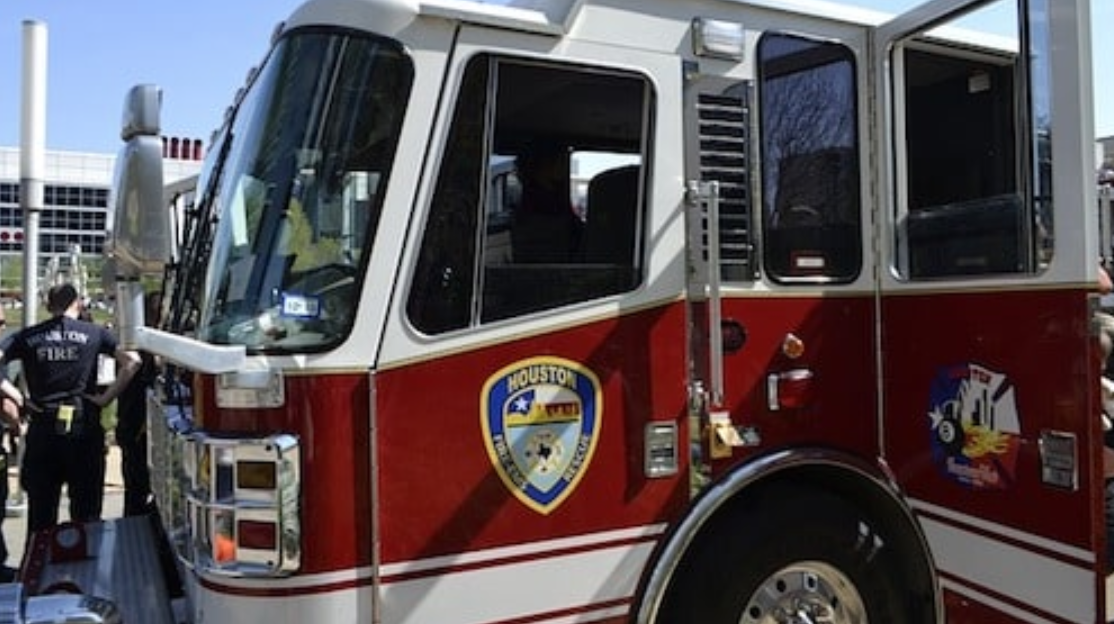Hold preparedness training regularly and fire drills at least twice a year so that you know that your staff is ready to respond to disasters and treat work-related accidents.
No matter where you live, you’re sure to encounter and have to deal with emergencies, whether they be tornadoes, fires, chemical or toxic spills, or any number of other natural and man-made disasters. In these situations when conditions can so quickly become life-threatening, workplace preparedness is key and could mean the difference between life and death. Employers would do well to follow the motto of the Federal Emergency Management Agency (FEMA) during September, National Preparedness Month: “Disasters don’t plan ahead. You can.”
To reduce or avoid work-related accidents and injuries that can occur during a weather or other emergency, employers should equip the workplace with appropriate alarm signals, such as a public address system, that go a step further and will likely function more efficiently than the escape route signs that the law requires. Using a public address system, employers can relay alerts of danger and/or calls to evacuate the building. Following FEMA’s recommendations, companies would do well to establish and train employees in an emergency plan to guard all team members against work-related accidents in an emergency.
What to do First
A strategic emergency evacuation plan is essential to ensure worker safety. Companies should assemble an emergency planning team to identify and prepare for worst-case scenarios so that the team is ready for any emergency that comes its way. To fully inform employees of the emergency response and evacuation plan, employers should make available a written policy that details the essentials of the system. The emergency plan should include the following:
- Emergency notification systems: You have a few options for an emergency notification system, including public addresses and texting networks like those used on college campuses to alert students of potential threats. Whatever you decide to use, make sure that the messages efficiently reach everyone. Take particular care if some of your employees have disabilities or cannot speak English well or at all.
- Chain of command: An emergency notification system is only as effective as its organization. Decide who will send notifications as well as who will take the place of these workers should they be unavailable or incapacitated.
- Evacuation routes: Once you’ve set up an evacuation plan, train your staff in proper evacuation procedure. A local fire department is often happy to help facilitate evacuation training. As with emergency notification systems, ensure that employees with disabilities have appropriate aids in place.
- Responder protocols: Sometimes, you’ll need some people to stay behind a little longer to shut down operations. Put safety procedures and protocols in place to ensure their safety, and conduct extensive safety training with them.
- Fire extinguishers: Fire extinguishers have instructions for use on the canister or box, but in the heat of the moment, users may not employ them correctly. Make sure that employees know what to do if they need a fire extinguisher.
- Post-evacuation protocol: You need a plan after the evacuation has been carried out, including a way to verify that everyone made it out of the building safely. Designate a meeting area and take head counts there. Don’t forget to consider non-employees, such as customers who may have been on the premises.
What to do for a Medical Emergency

In the face of work-related accidents or medical emergencies, immediate response is a must. Ideally, treatment should begin within four minutes of the issue arising. Call 911 as soon as possible. Equipped with the right resources and skills, coworkers can then step in to help.
- Keep a fully stocked, accessible first aid kit.
- Advocate for employees to earn certification in CPR.
- Equip the office with and train employees in the use of an AED (automated external defibrillator).
- Connect employees with seizure training.
- Teach employees the symptoms of and appropriate responses to a stroke.
Responding to Workplace Violence
According to the U.S. Department of Labor, about two million people experience workplace violence each year. Though retail and healthcare are the most common fields where this happens, anyone can be a victim. Your local police department can help you protect your employees from workplace violence.
Protecting Business Assets
In addition to your employees, your emergency plans should include a safeguard for your actual business operations. For instance, businesses should have backup servers or cloud storage to preserve important records.
Fostering a Culture of Safety
In the end, none of these precautions matter if employers do not commit to creating safe workplace conditions and ensuring safe worker interactions. Forethought, diligence, and company-wide involvement are essential to achieving this goal.
Resources
OSHA is a good place to start for training and support in emergency planning. Employers can peruse their How to Plan for Workplace Emergencies and Evacuations Guide for an overview of practices to prepare for any emergency.
The American Red Cross Ready Rating Program can also help businesses to equip their teams with the skills to face disaster. This free program includes a 123-point self-assessment for participants to gauge their level of preparedness and encourages improvement in readiness scores.
A plan and a policy can only take a company so far: Hold preparedness training regularly and fire drills at least twice a year so that you know that your staff is ready to respond to disasters and treat work-related accidents.
This article written by Jonathan Rosenfled is lifted from Rosenfeld Injury Lawyers, with permission.


Join the conversation!